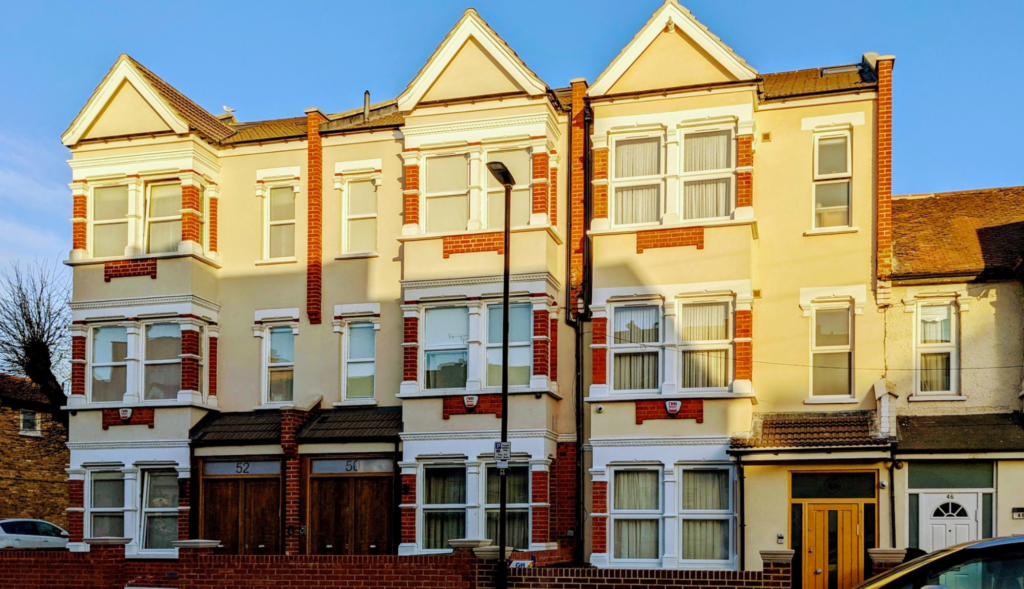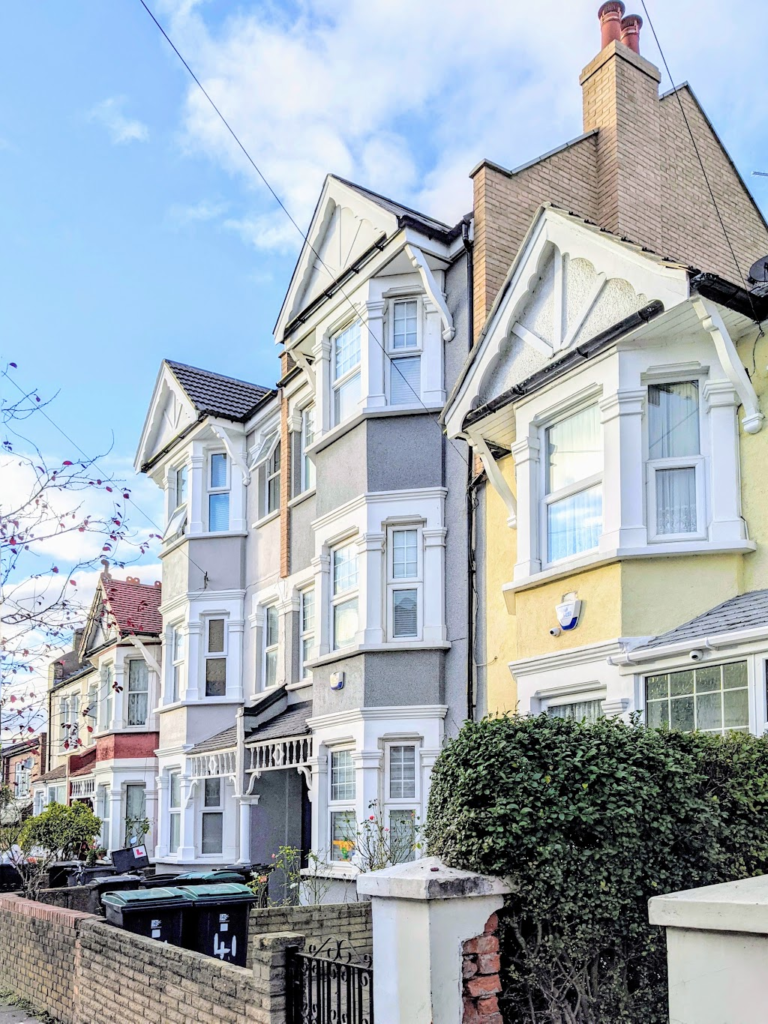The past half century of UK housing history shows a recurring cycle. First, restrictive and unpredictable planning policy creates barriers to entry and causes a housing shortage. Economists and think tanks call for planning liberalisation. Politicians heed the call and attempt to put something into practice. Their white paper or bill encounters the public, community groups, opposition forces, and home-owning voters, who force them to revise the legislation, which then makes little difference or even makes things worse by increasing the system’s unpredictability.
This spin cycle repeats because people are stuck in a zero-sum mindset, believing that change can only benefit one group if it harms another. The good news is that another way is possible, illustrated by the pathbreaking work of a neighbourhood in Haringey that we investigate in Create Streets’ new paper Learning from Tradition. South Tottenham, a pocket neighbourhood of a few thousand, has a few special features. As well as the fundamentally high quality Victorian terraced stock and good north London transport links, it is the centre of a flourishing Haredi Jewish community.
The Haredi inhabitants tend to have large families (according to a councillor, the affected area had 5.6 children per family on average). They typically find it harder to move out to the suburbs because they cannot drive or take public transport on Shabbat, nor walk further than 2,000 cubitts (about 1km). Combined with the two storey terraces in which they lived, this has led to severe overcrowding, with several cases of four children sharing a single bedroom.

After a spate of ugly dormer extensions were built by families desperate for more living space and consequent controversy, councillors and officials responded to a demand from the community for a mutually acceptable solution.
Planners created a strict visual design code. This allowed considerably more built volume than existing standards: up to 1.5 storeys, allowing as many as four rooms, and in some cases over 1,000 sqft more space. However, this was on the visually specific condition that they were sympathetic with the existing Victorian stock. This meant emulating existing colours, materials, ornament and facade patterns, resulting in houses that look as though they were built with three storeys in the first place.
Take up has been extremely high, with over 200 extensions over the ten years the supplementary planning document enabling this type of development has been in place. The standard is very good: at best, they are almost indistinguishable from Victorian terraces that were originally built at three storeys.

Most importantly, the community, which has a justified belief that development will be high quality, is on-side. When the council consulted them, three years into the policy’s implementation, about three times as many said they approved of the policy than disapproved. More than half of those polled said they strongly approved.
The broader principle is a vital one: we need to turn off the spin cycle. Development does not have to be a zero-sum game. Development need not harm existing communities or be fought by them. If new homes can make existing places better and benefit local communities without imposing large costs, then new homes can secure local support. Sympathetic, predictable, locally popular suburban ‘gentle densification’ of this type is part of the path to creating new homes for the next generation. And, heaven knows, they desperately need and deserve them.
Nicholas Boys Smith is Director at Create Streets










Join the discussion
Join like minded readers that support our journalism by becoming a paid subscriber
To join the discussion in the comments, become a paid subscriber.
Join like minded readers that support our journalism, read unlimited articles and enjoy other subscriber-only benefits.
Subscribe